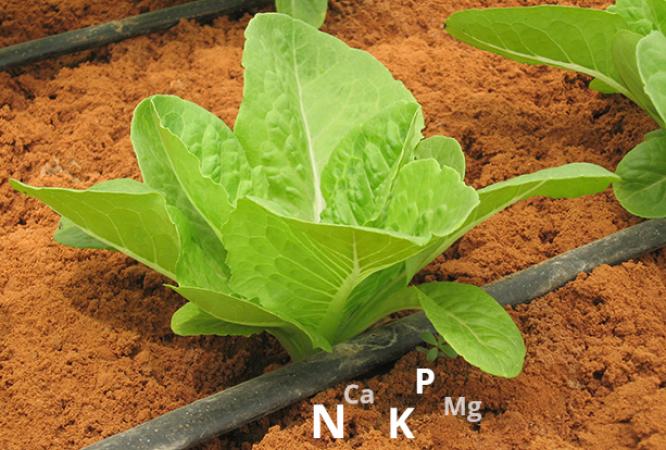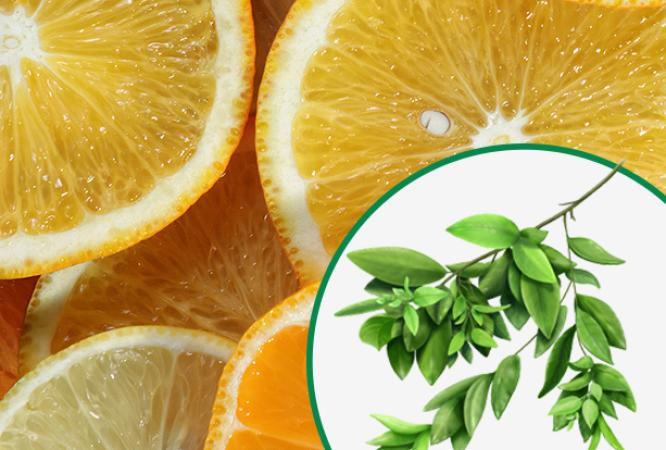World Soil Day (WSD) is held annually on 5th of December as a means to focus attention on the importance of healthy soil and advocating for the sustainable management of soil resources. This year's theme is "Caring for the Planet starts from the Ground" accompanied by activities that aim to communicate messages on the importance of soil quality for food security, healthy ecosystems and human well-being.

Soil is a finite natural resource, it is non-renewable. However, despite the essential role that soil plays in human livelihoods, there is a worldwide increase in degradation of soil resources due to inappropriate management practices, population pressure driving unsustainable intensification and inadequate governance over this essential resource.
Agriculture and urban activities are major sources of phosphorus and nitrogen to aquatic ecosystems.
Fertilizer application pollutes the environment when:
1. Nitrogen-oxide escapes into the atmosphere (N2O is a greenhouse gas).
2. Nitrate leaches into the groundwater.
3. Surface runoff water from the fields transports phosphorus, ammonia and nitrate to water reservoirs and rivers.
When it comes for plant nutrition there are three main elements that the plant needs, Nitrogen (N), Phosphorus (P) and Potassium (K). N is the most challenging out of the three, because it can be applied as Ammonia, Urea, forms of Ammonium such as Ammonium sulphate, and forms of Nitrate such as Potassium Nitrate (and even Ammonium Nitrate).
Due to the negative charge of the soil particles, and the chemical form of the Nitrogen fertilizers, Ammonia tied to the soil partials. Urea in the soil, within short time, is transforming in to Ammonium (tied to soil particles or consumed by roots) and then to Nitrate. Nitrate has a negative charge;
therefore it does not tie to soil particles and can flush down into the soil towards ground water. Urea, when applied on top of the soil, begins to volatilize as ammonia, which is a notorious greenhouse gas.
P can also leach but very slowly and yet at places where the farmers that use excess fertilization and manure production regarding suggested directions, cause a P surplus to accumulate in soil, some of which is transported to aquatic ecosystems in runoff water on the ground;
Therefore Controlled- release fertilizers (CRFs) offer an excellent option by reducing the environmental hazards due to excess release of nutrients. Polymer-coated fertilizers, compared to the other types of CRF, are by far the most intensively researched topic because of their great characteristics. Polymer-coated fertilizers, which are less sensitive to the soil and environmental factors, offer superior control over nutrients release for plants uptake.
Fertilizers coated with a plastic material (polymer) that releases the fertilizer to the environment at a known rate, depending on the soil temperature. The composition of the fertilizer in the polymer can be changed to suit the specific plants’ requirements.
By changing the thickness of the polymer it is possible to determine the duration and the release rate of the fertilizer discharge and to plan the fertilizer application to match to the absorption rate of plants to prevent discharge into the environment.
When the controlled release fertilizers granules are applied to the soil, the coating acts as a semi-permeable barrier that allows continuous release of nutrients to the root zone.
The MulticoteTM technology, implemented in our controlled release fertilizers, offers:
• Continuous release of nutrients to the root zone throughout the growth season.
• Optimized nutrition in a single easy application.
• Nutrient availability that matches plant requirements, with no hazardous excesses or damaging deficiencies.
• Outstanding efficiency of nutrient use.
• Reduced application rates.
• Minimized fertilizer losses by leaching that also helps to comply with environmental regulations.
• No contamination of groundwater or air pollution - Ecologically superior.
• No dependence on irrigation.
Luckily we now have better fertilizers that provide us effective tools for controlling and eliminating Nitrogen leaching.
Learn more about how to increase efficiency of fertilizer application to prevent environmental pollution: https://bit.ly/2qFNDxG




